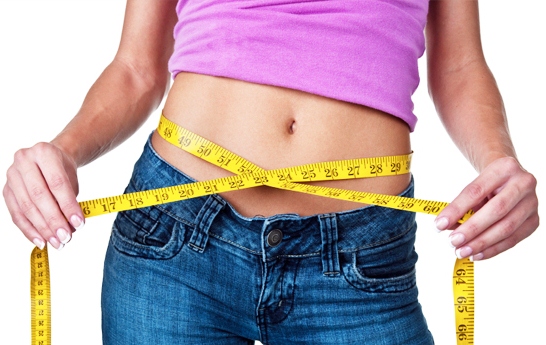Diet and weight control
The diets. What makes us feel full while on a diet? The quality and quantity of what we eat affect our health and our well-being.
But what are the foods that make us feel full and why so many people tend to overeat?
The main role of food is to satisfy the appetite and provide energy, nutrients and other substances in order to grow and stay healthy. The choice of what we eat is influenced by sensory aspects: taste, aroma, texture, but also by the social class to which we belong.
Our appetite is affected by the sense of hunger and schedule of daily distribution of meals, our preferences for certain foods or by the pure desire to eat what we like. During the meal, the stomach expands and nerve receptors located on the walls perceive the volume and pressure of the food.
These receptors transmit signals to the brain via the vague nerve, causing the sensation of satiety. As soon as the stomach contracts and empties, there is again the desire to eat.
The meals fill the stomach for longer periods of time and meet more than the meals more moderate.
The same components of the meal and the temperature of the food may also affect the rate at which the stomach empties and, consequently, on the feeling of satiety.
The satiating power
Some foods contribute to a greater extent than others to determine the feeling of satiety. This property is called “satiating power”. Tables caloric, which recurs frequently those who follow a weight loss diet and who, in general, pay attention to your weight, generally do not take into account the satiating power.
To this can be useful for studies that analyze the relationship between the intake of certain foods and the “feeling of fullness” that they determine.
It is a study was performed by recording every 15 minutes, for a period of two hours, the feeling of satiety of subjects belonging to both sexes, after they had assumed 38 different foods with the same calorie content.
The foods containing high amounts of protein, dietary fiber and water were found to have the greatest satiating power, while those with a higher content of fatty led to a feeling of satiety lower.
It was also found that fruit and vegetables, especially potatoes boiled, have a high satiating power, while bakery products like cakes, croissants and biscuits are those with the lowest satiating power absolute.
Foods rich in protein (fish, meat, baked beans, lentils and eggs) and those rich in carbohydrates (pasta, rice, wholegrain breads and cereals for breakfast) were those with the most satiating power.
It therefore seems that the proteins take off hunger longer than carbohydrates and fats exert far the lesser satiating effect.
This probably explains why a high fat diet can lead to a supercharging and a consequent increase in weight.
Choose a breakfast of wholegrain bread and lean ham is therefore a good solution to keep away the hunger pangs until noon? It seems so, although scientists have not yet arrived to assess with certainty the satiating power that can exercise complete meals that combine various nutrients.
Other factors that influence food intake
The fact that there is a considerable number of factors that affect appetite and food intake complicates the research on the sense of hunger and satiety.
In addition to the type of food, the satiating power, the feeling of palatability, the walks of life, habits, levels of education and income, serving sizes and even mood are just some of the factors which may affect ‘ Food intake and body weight.
Scientists are still working to clarify what are all factors that affect what we eat and why.








Leave a Reply